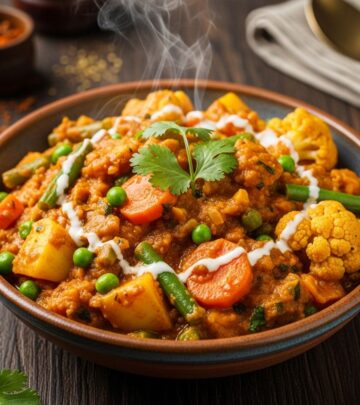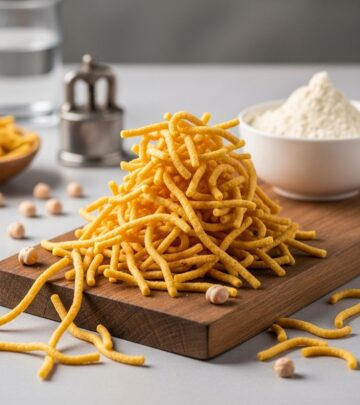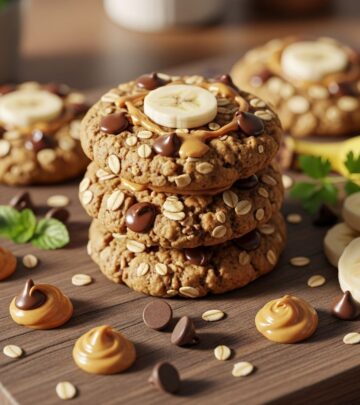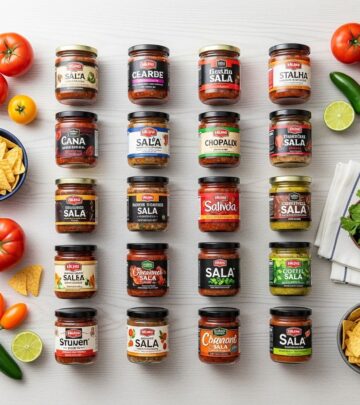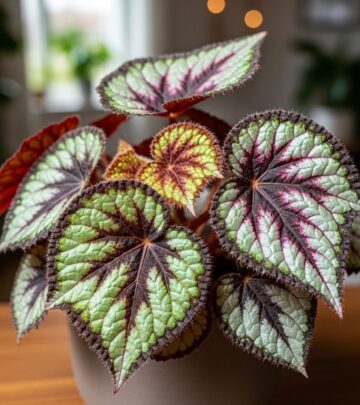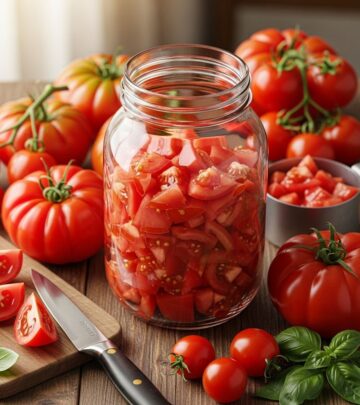DIY Yellow Flower Arrangements: 3 Expert Spring Designs
Brighten any space with these cheerful DIY yellow flower arrangements that bring sunshine indoors

Image: HearthJunction Design Team
Introduction to Yellow Flower Arrangements
Yellow flowers bring an immediate sense of sunshine and cheerfulness to any space. Whether you’re looking to brighten someone’s day, add a pop of color to your home, or create something special for an event, yellow flower arrangements offer versatility and warmth. In this guide, I’ll walk you through creating three different yellow arrangements using seasonal blooms typically found in late winter and spring in the Northwest region, though these techniques can be adapted for any season’s yellow flowers.
The beauty of working with yellow blooms is their ability to stand alone as a monochromatic arrangement or complement other colors. Yellow flowers range from soft butter tones to vibrant sunny hues, allowing for various expressions of this cheerful color. These arrangements include a traditional vase display, a hand-tied bouquet perfect for gifting, and small informal arrangements that make charming accents for any space.
Selecting Yellow Flowers for Your Arrangements
Before diving into the arrangement techniques, let’s explore some excellent yellow flower options that work beautifully in different types of displays. When selecting flowers for your yellow arrangements, consider incorporating a variety of shapes, sizes, and textures to create visual interest and depth.
Seasonal Yellow Blooms
For these arrangements, I gathered a beautiful selection of yellow flowers commonly available in late winter and spring, including:
- Yellow roses – providing classic beauty and structure
- Yellow tulips – offering elegant simplicity
- Daffodils – the quintessential spring flower
- Ranunculus – adding delicate texture and layers
- Acacia – providing airy, feathery texture
- Yellow stock – contributing height and fragrance
- Pale yellow mums – offering fullness and longevity
- Leucadendron – adding unique structural elements
- Wildcat orchids – providing exotic flair
When selecting your own yellow blooms, consider what’s seasonally available. Summer might bring sunflowers, black-eyed Susans, and yellow dahlias, while fall offers golden chrysanthemums and goldenrod. The techniques shown here can be adapted to whatever yellow flowers you have access to throughout the year.
Traditional Vase Arrangement
A classic vase arrangement makes a beautiful centerpiece or gift. This arrangement style allows the flowers to have a natural, slightly loose appearance while maintaining a structured form.
Materials Needed
- A medium-sized round vase (approximately 7 inches)
- Clean, cool water
- Flower food (optional but recommended)
- Selection of yellow flowers
- Foliage or greenery for accent (optional)
- Floral shears or sharp scissors
Step-by-Step Instructions
Begin by preparing your vase with clean, cool water and flower food if available. Proper water temperature and food will help extend the life of your arrangement. Next, prepare your flowers by removing any leaves that would sit below the water line to prevent bacterial growth.
Start your arrangement by creating a foundational framework using the more structured flowers like roses or leucadendron. Place these flowers in the vase, crossing the stems to create a natural grid that will help support the other flowers. This technique eliminates the need for floral foam or tape.
Once your foundation is established, begin adding the secondary flowers like tulips and ranunculus around the edges, working in a circular motion. Continue to build your arrangement by inserting flowers at slight angles to create dimension and movement. Add the more delicate flowers like stock or acacia to fill empty spaces and add texture.
For added interest, incorporate flowers at varying heights. Allow some blooms to sit lower in the arrangement while others extend higher, creating a natural, balanced look. Finish by adding any remaining smaller flowers or greenery to fill gaps and complete the arrangement.
Creating a Hand-Tied Yellow Bouquet
Hand-tied bouquets make wonderful gifts and can be created with or without a vase. The spiral stem technique used in this style creates a bouquet that stands beautifully on its own or can be placed in a vase of water for display.
Materials Needed
- Selection of yellow flowers
- Greenery or foliage (optional)
- Floral shears or sharp scissors
- Floral tape
- Decorative ribbon
- Optional: pearl pins or other decorative elements
Step-by-Step Instructions
The key to a successful hand-tied bouquet lies in the spiral technique. Begin by selecting a few yellow roses as your starting point. Hold these roses in your non-dominant hand, grasping them fairly close to the flower heads. Cross the stems slightly to begin forming your spiral structure.
Next, add additional flowers one by one, placing each stem at an angle to continue the spiral pattern. As you add each flower, turn the bouquet slightly in your hand. This rotation is crucial for creating the spiral effect with the stems and ensuring an even distribution of flowers around the bouquet.
If you want to insert a particular flower into the center of the bouquet to enhance the composition, carefully loosen your grip and feed in the flower from the top. Continue adding flowers in this manner, rotating and adjusting as needed until you achieve your desired fullness and shape.
Once satisfied with your bouquet, secure the stems with floral tape about 1-1.5 inches below the flower heads. Wrap the tape continuously around the stems, working your way down 3-4 inches. Trim the stems to an even length, cutting at an angle to allow better water absorption.
For a finishing touch, wrap decorative ribbon around the stems, covering the floral tape. Secure the ribbon with pearl pins or other decorative elements for an elegant presentation.
Small Informal Yellow Arrangements
Small arrangements make perfect accents for side tables, bathrooms, or as thoughtful gifts. These compact displays prove that even a few well-arranged blooms can make a significant impact.
Materials Needed
- Small container or cube vase
- Floral foam or similar material (optional)
- Selection of yellow flowers
- Floral shears or sharp scissors
- Water
Step-by-Step Instructions
For a simple cube arrangement using roses, prepare your container with water or soaked floral foam if needed. If using a glass cube vase, you can arrange the leaves around the inside edge to hide the stems and create a clean look.
Begin by inserting yellow roses in groups of three, creating a pattern or grid. For a classic look, arrange nine roses total (three groups of three) in a compact, even display. When placing the roses, ensure they’re at a consistent height for a clean, modern appearance, or vary the heights slightly for a more natural look.
This type of small arrangement works beautifully as a centerpiece for intimate gatherings or as a thoughtful gift. The concentrated color and simplicity make a strong statement despite the arrangement’s modest size.
Tips for Longer-Lasting Yellow Flower Arrangements
To ensure your yellow flower arrangements stay fresh and vibrant as long as possible, follow these essential care tips:
- Always start with clean vases and tools to prevent bacterial growth
- Cut stems at an angle under running water to maximize water uptake
- Remove any foliage that would sit below the water line
- Change the water every 2-3 days
- Keep arrangements away from direct sunlight, heat sources, and ripening fruit
- Add floral preservative to the water when available
- Recut stems by about half an inch every few days to improve water absorption
With proper care, most yellow flower arrangements can last anywhere from 5-10 days, depending on the flower varieties used and the conditions in which they’re kept.
Creative Variations for Yellow Flower Arrangements
While monochromatic yellow arrangements have their own cheerful charm, consider these variations to expand your floral design repertoire:
- Combine yellow with complementary purple flowers for a striking contrast
- Mix yellow blooms with white for a fresh, clean aesthetic
- Introduce green flowers or abundant foliage for a natural, garden-inspired look
- Group different yellow flowers by shade – from pale butter to deep gold – for a tonal arrangement
- Create an ombré effect by arranging flowers from lightest to darkest yellow
Frequently Asked Questions
Q: What yellow flowers last the longest in arrangements?
A: Yellow chrysanthemums, carnations, and alstroemeria typically last the longest in arrangements, often staying fresh for 1-2 weeks with proper care. Yellow roses and sunflowers also have good vase life, usually lasting 7-10 days.
Q: How can I keep yellow roses from drooping in my arrangement?
A: To prevent yellow roses from drooping, cut the stems at a 45-degree angle under running water, remove any leaves that would sit below the water line, and use flower food in the water. Changing the water every 2-3 days and keeping the arrangement away from heat sources will also help maintain upright, fresh roses.
Q: Are yellow flower arrangements appropriate for all occasions?
A: Yellow flower arrangements are versatile and suitable for many occasions. They’re perfect for celebrations, get-well wishes, friendship gestures, and brightening someone’s day. Yellow symbolizes happiness, optimism, and new beginnings, making these arrangements appropriate for most positive occasions.
Q: Can I mix different types of yellow flowers in one arrangement?
A: Absolutely! Mixing different types of yellow flowers adds texture, depth, and interest to your arrangement. Combine various shapes, sizes, and even slightly different yellow hues for a rich, dynamic display. Just ensure the flowers have similar water and care needs for longevity.
Q: What containers work best for yellow flower arrangements?
A: Yellow flowers pair beautifully with clear glass vases that allow their cheerful color to take center stage. They also contrast nicely with blue or purple containers. For a modern look, try white ceramic or metallic containers. The vessel choice should complement your décor and the formality of the occasion.
References
- https://www.youtube.com/watch?v=n8DUMUSIVDg
- https://www.gardendesign.com/pictures/diy-yellow-flower-arrangements_334/
- https://www.youtube.com/watch?v=R_EasxpJt7o
- https://www.tiktok.com/@floweracademia/video/7460634566546525483
- https://www.bloomsbythebox.com/blog/diy-flower-how-to-tutorials/diy-yellow-wedding-bouquet/
Read full bio of Srija Burman

